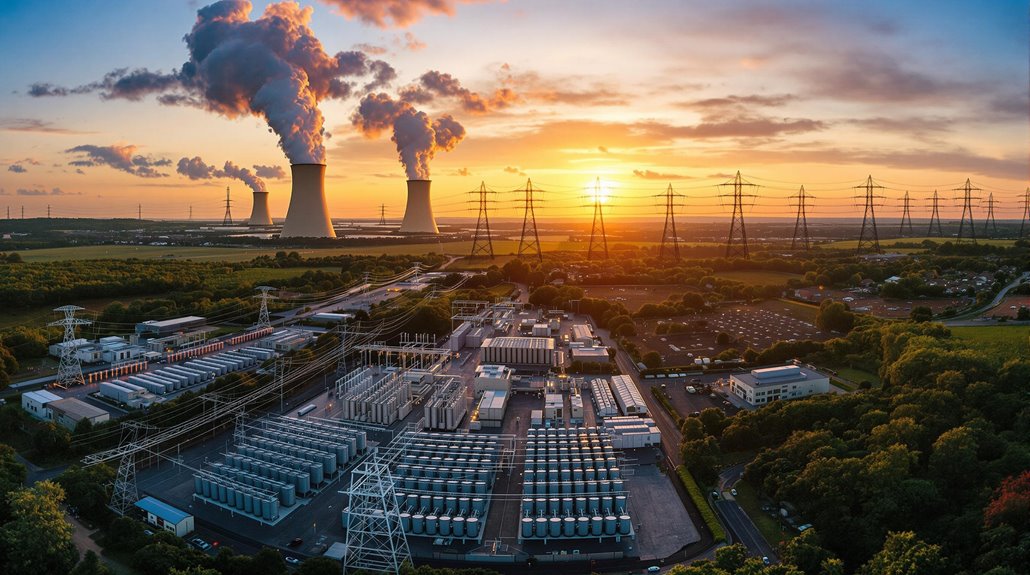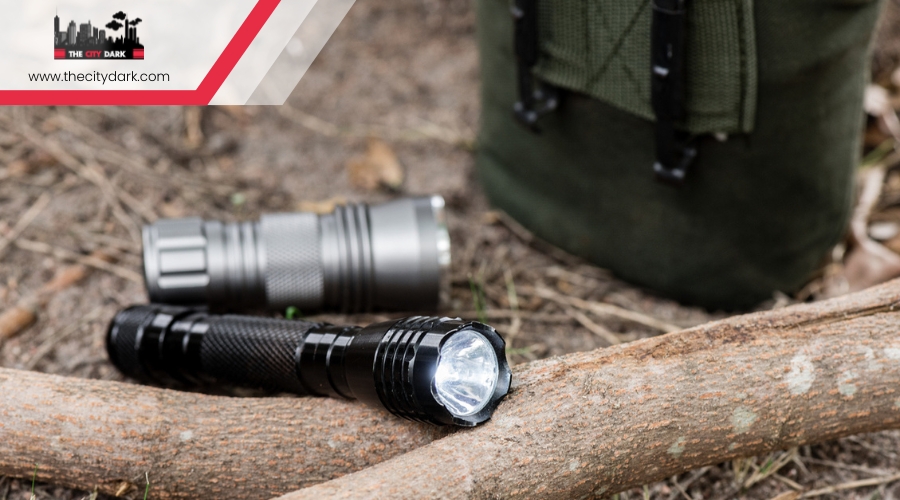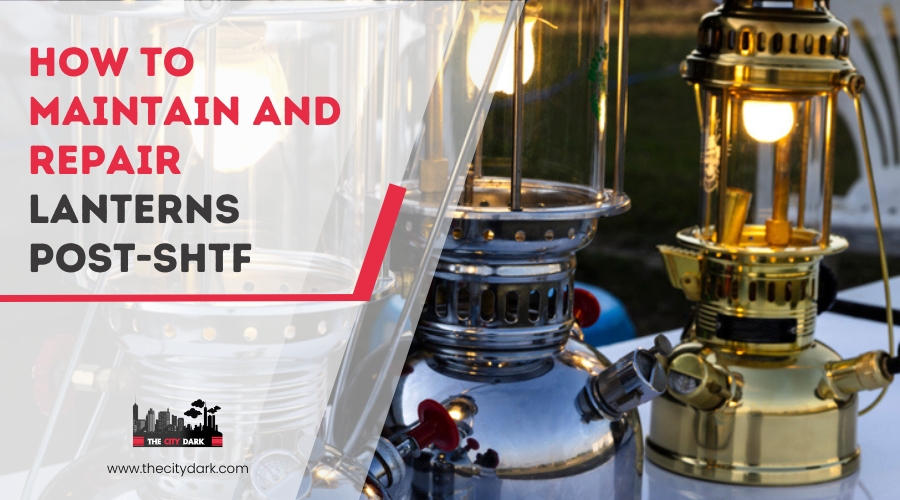What Are the 3 Main Components of an Electrical Grid?

The electrical grid has three essential components that work together to power your daily life. Generation facilities create electricity from various energy sources like fossil fuels, nuclear, or renewables. Transmission networks, operating at high voltages, transport this power across long distances through power lines.
Distribution systems then deliver the electricity directly to your home or business through local power lines. Understanding how these components interact reveals the fascinating complexity of modern power systems.
Generation Facilities: The Starting Point of Power
Power plants stand at the heart of our electrical grid, converting raw energy into the electricity that powers our modern world. These generation facilities use various energy sources, from fossil fuels and nuclear power to renewable resources like wind and solar, to produce the electrical energy that flows through the grid.
Most power plants generate alternating current (AC) for efficient long-distance power transmission across the grid. You'll find that power plants and generators work together as part of a diverse generation fleet, each with specific capabilities measured in megawatts. This variety is essential because you need different types of generation facilities to meet constantly changing electricity demands throughout the day.
Grid operators carefully manage these plants, forecasting energy needs and dispatching the right mix of resources to maintain a stable power supply. It's this coordinated effort that plunges into ensuring you have reliable electricity whenever you need it.
Transmission Networks: The Highway System for Electricity
A vast network of high-voltage lines forms the backbone of our electrical grid, carrying massive amounts of power across hundreds of kilometers from generation facilities to local distribution centers. These transmission lines operate at voltages between 110 and 1,000 kilovolts, which helps minimize power losses during long-distance transport.
You'll find substations strategically placed throughout the transmission networks, where they adjust voltage levels to facilitate efficient power delivery. When electricity travels from generation points, substations step up the voltage for long-distance transmission, then step it down before local distribution. The interconnected nature of these power lines creates a reliable system that can reroute electricity when needed.
System operators carefully manage these transmission networks to maintain a constant balance between electricity supply and demand across the entire grid. With many components averaging 40-50 years old, the aging transmission infrastructure poses significant risks to grid reliability.
Distribution Systems: Bringing Power to Your Doorstep

Once high-voltage electricity reaches local substations, the final stage of its trip begins through distribution systems that connect directly to your home or business. At these substations, step-down converters modify the high-voltage electricity into lower voltage that's safe for everyday use.
The distribution network functions like a local delivery service, with distribution lines branching out from substations to homes and businesses in your community. System operators carefully manage the varying demand for electricity, ensuring you have power when you need it. They're increasingly using smart grid technologies to monitor and control the flow of electricity more efficiently.
This advanced monitoring helps maintain reliable service while responding to changes in power consumption throughout the day, making the transmission and distribution process more responsive to your needs. Active power is what ultimately gets converted into useful work when the electricity reaches your appliances and devices.




